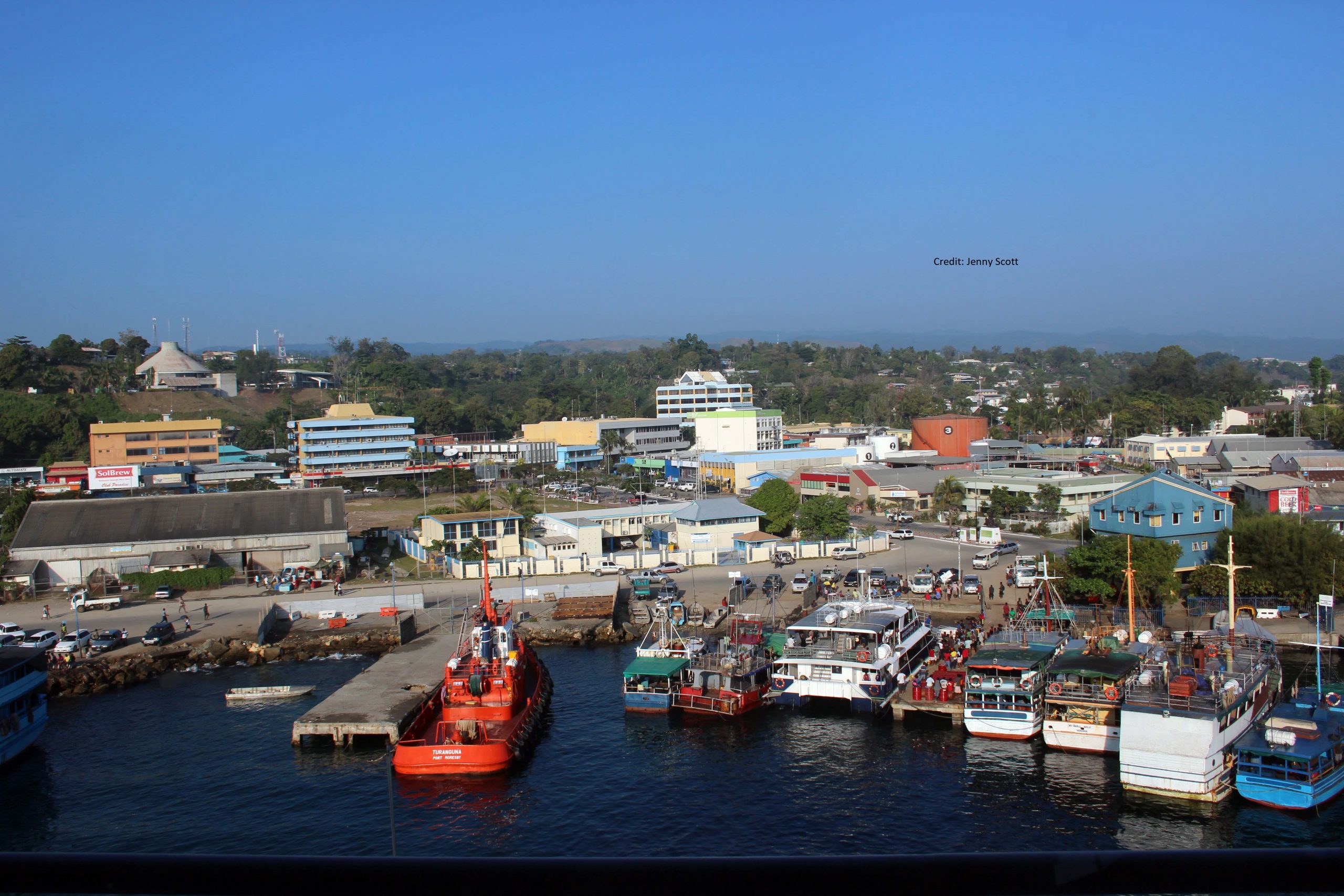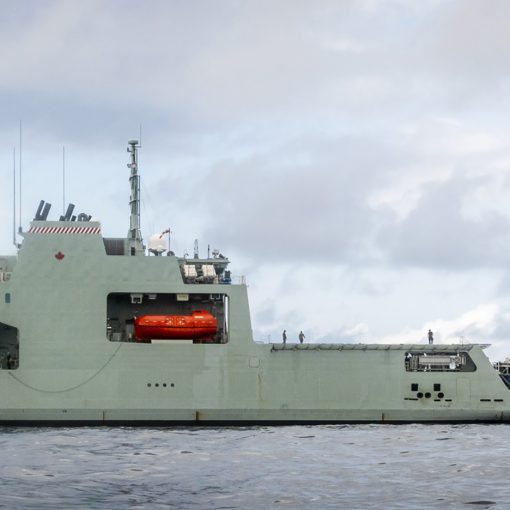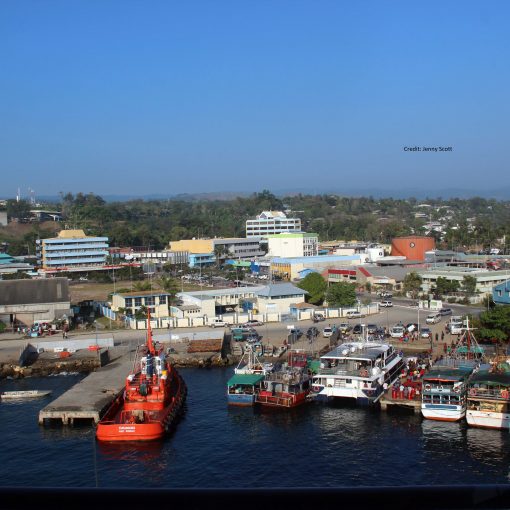By Dr. Julian Spencer-Churchill, 22 May 2022
The April 2022 security agreement between the Solomon Islands and China poses an obvious danger to Western democracy. The risk of a deployment of a Chinese naval base, airbase, marines, or even a listening post, will have serious repercussions, as island states in the Pacific Ocean are critical enablers and inhibitors to the movement of major navies. The Solomon Islands are an archipelagic bridge to the Australian mainland, a major US ally against the aggressive rise of China. The Guadalcanal Battle in the Solomons during the Second World War lasted half a year, claimed the lives of 7,000 Americans and 20,000 Japanese, and resulted in the loss of three aircraft carriers, two battleships, over 1,000 aircraft, and ultimately led to the assassination of Japanese Admiral Isoroku Yamamoto. In the event of a conflict over Taiwan, China will use the islands to distract and delay Australia’s deployment, compelling Australia to re-fight the costly battle. It seems that Solomon Islands’ Prime Minister Manasseh Sogavare may not appreciate his islands’ history and strategic implications.
To concede these islands to China repeats the same mistake of allowing Japan to annex the German island colonies of the Marianas and Marshalls in 1915 during the First World War. These Japanese bases, even though they were barred from being fortified by the 1922 Washington Naval Treaty, posed a major obstacle to the US attempt to relieve their soldiers in the Philippines after the 1941 Pearl Harbor attack. Despite holding out for three months, the 23,000 strong US garrison ultimately surrendered, and it took the US another two and a half years to return to the Philippines. In the short period after the outbreak of the war, Japan was able to fortify the key islands of Truk, with a garrison of 40,000, and Bougainville with approximately 50,000 soldiers, both of which held out to the end of the war in 1945. It is not at all clear that the current 26,000 strong US garrison on the Ryuku Island chain base of Okinawa, will prove useful to enforce a cordon around China, or will be isolated by a Chinese siege. As indicated by US naval strategist Alfred Thayer Mahan, a naval base’s value is in reducing the expenditure of scarce naval resources, not increasing them because of defense requirements.
In 2003, under pressure, China shut down a Space Tracking and Control station on the strategic Pacific island of Kiribati, but in 2021, it reversed course and started upgrading an airstrip. There, US and Japanese Marines lost over 1,000 and 4,000 killed, respectively, fighting for four days over the island of Betio in November 1943. China is not randomly selecting economic opportunities in the Pacific, but focusing on those islands that have a proven military value in a maritime confrontation with the West. Pacific islands, with fortifications reinforced with tough coral-based cement, or volcanic rock, long-range radars, underwater microphones, sheltered airfields for refuelling aircraft and drones, submarine pens, anti-ship missiles, all networked through satellite links, will play more havoc with denying local sea control than the Japanese could have imagined.
While currently China only has four military bases abroad, in the Coco islands off Myanmar, Djibouti, Equatorial Guinea, and Gorno-Badakhshan in Tajikistan, it possesses surveillance stations in locations as diverse as Patagonia, Argentina, and is possibly the operator of the listening station at Bejucal, Cuba. There are concerns that China tried or is trying to establish military bases in Tonga, East Timor, Vanuatu, Papua-New Guinea, Gwadar (Pakistan), the Feydhoofinolhu atoll (Maldives), Kampuchea, Tanzania and the United Arab Emirates. Many of these relationships are built on commercial port contracts (some of which China has imposed on indebted developing states), including Hambantota (Sri Lanka), Piraeus (Greece), Rotterdam (Netherlands), Antwerp (Belgium), Hamburg (Germany), Haifa and Ashdod (Israel) and Darwin (Australia). Many of these bases are in one of the 46 countries that signed onto China’s US$1 trillion Bridge and Road Initiatives, co-terminus with China’s long-term pursuit of military bases as part of its String of Pearls strategy. China has significant influence as the leading trading partner of 120 of the world’s 195 countries.
There is a strong moral argument that supports the case for military intervention against unconsolidated democracies like the Solomon Islands. Democracies that possess low per capita incomes and poor institutionalization, like the Solomons, may be undermined by foreign subversion. Soviet influence was instrumental in overturning nascent democratic movements in Eastern Europe in the 1950s. The late Harvard University professor Samuel Huntington identified three waves of de-democratization, associated with the Great Depression of the 1930s, the failure of democracy in the developing world in the 1970s, and democratic reversals in the 2000s in states like Thailand, Pakistan, and Egypt. In cases where communists were removed from power, only in Nicaragua and Kampuchea, both severely underdeveloped states, was there a return to power by the former communist leaders. Democracy in the Solomon Islands is dangerously shallow and therefore susceptible to exploitation by non-democratic powers.
The only strategic advantage possessed by Western democracies is that they more easily create alliances, if circumstances grant them enough time. Superior leadership, strategy, technology and military competence is as often a trait of authoritarian systems. The reversal of the republican governments of Italy by the Medici Princes shows that democracy is far from inevitably triumphant. Democracies cannot therefore ignore the importance of power in the international system, including asserting exclusive control over their spheres of influence.
There are three responses available to deal with Chinese encroachments. The first response is the indirect one of sponsoring local anti-regime factions in conjunction with propaganda, economic and diplomatic instruments. In the mid-Cold War, the withdrawal of Portugal from its colonies led to a series of interventions against potential Soviet allies. This points to the second response, which is to rely on regional allies to enforce the exclusion of hostile great powers. The 1975 Indonesian invasion of East Timor was facilitated by a friendly military regime in Jakarta; the current democratic government is far less likely to intervene, although concerns over Chinese threats to Natuna Island in the South China Seas may incentivize action.
Third, and the most desperate measure, is military intervention, usually relied on as a last resort. Memorable during the Cold War was the US seizure of Grenada in October of 1983, in response to concerns that the local government of Hudson Austin was edging towards cooperation with the Soviet Union. The abrupt shift of Cuba from promises of holding democratic elections to a pro-Soviet alignment led the US to reverse its 1933 policy against Caribbean interventions, and the decision to forestall any future Soviet proxy states. Local Caribbean politicians made occasional use of Cuba for political leverage, driving the UK’s political intervention in British Guiana, and the US deployments into the Dominican Republic in 1965. The US involvement in Grenada was triggered in part by the establishment of the pro-Cuban government in Nicaragua.
This policy of US intervention had a successful precedent: similar to the economic rise of China, the commercial impact of Wilhelmine Germany in the Caribbean, at the beginning of the 20th century, was viewed as a threat to the security of the Panama Canal. Disproportionate German commercial influence in Haiti, prior to the First World War, including assistance to diplomatic and intelligence efforts, was a contributing factor that led to the 1915 US occupation there. Similar motives justified the deployment of US military forces into the Dominican Republic (1903, 1914, 1916). In a comparable policy of regional assertiveness, the US armed forces landed on Pacific Ocean islands to enforce US rights at Midway (1867), Hawaii (1874, 1887, 1893), Samoa (1885, 1888, 1889, 1899) and Guam (1898, 1903).
If Australia, Indonesia, the US and Japan fail to make an early and concerted response to commercially-supported Chinese influence operations in the Pacific Island states, reversing regime allegiances may become prohibitively expensive and time-consuming. Setting an early example with the Solomon Islands will signal an important precedent in enforcing spheres of influence, both to other regional island-states, as well as to Beijing.




